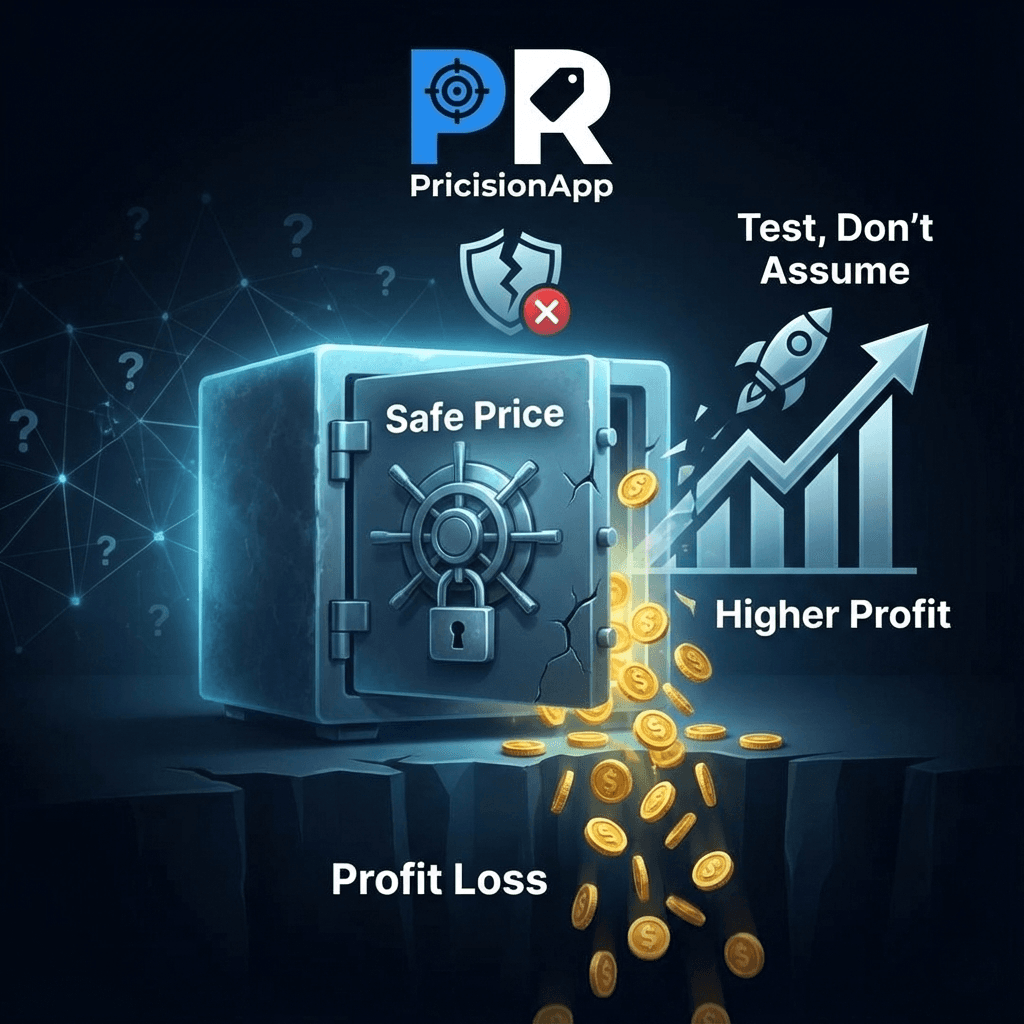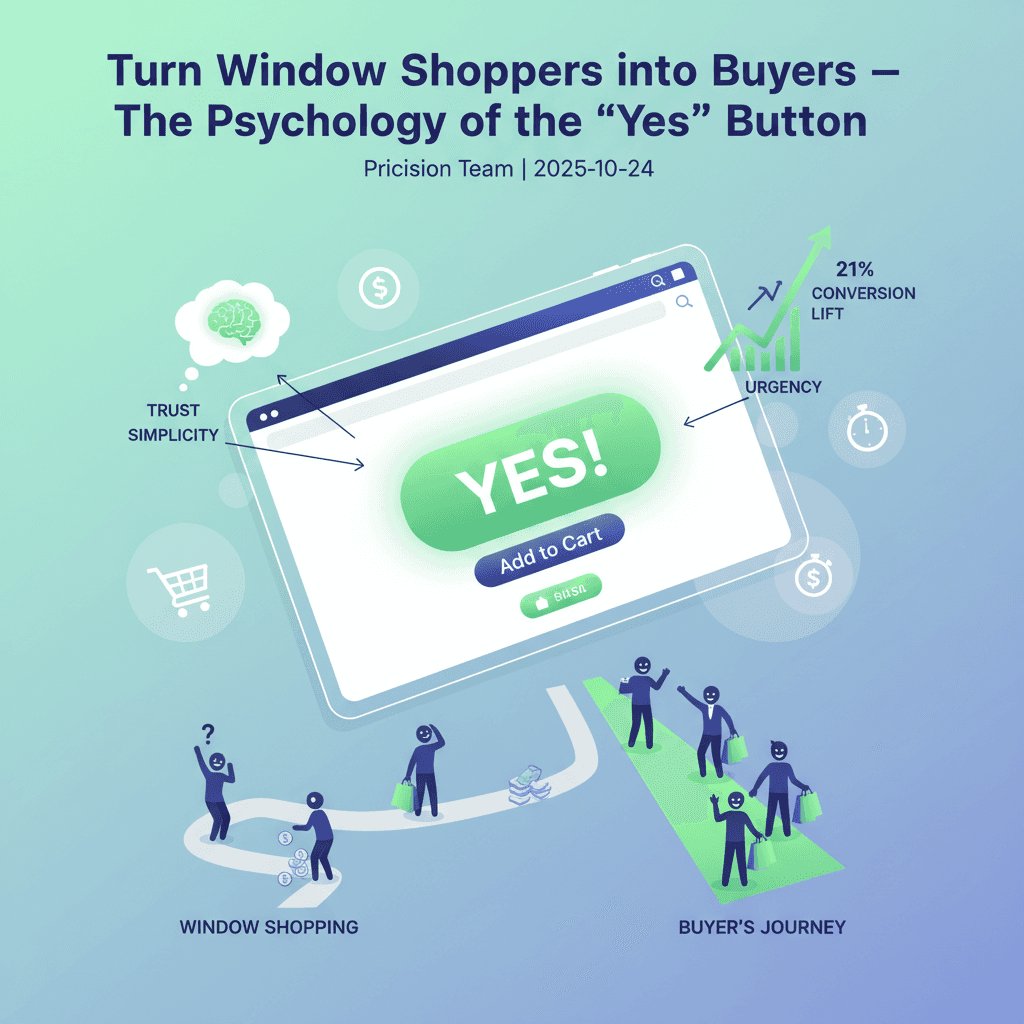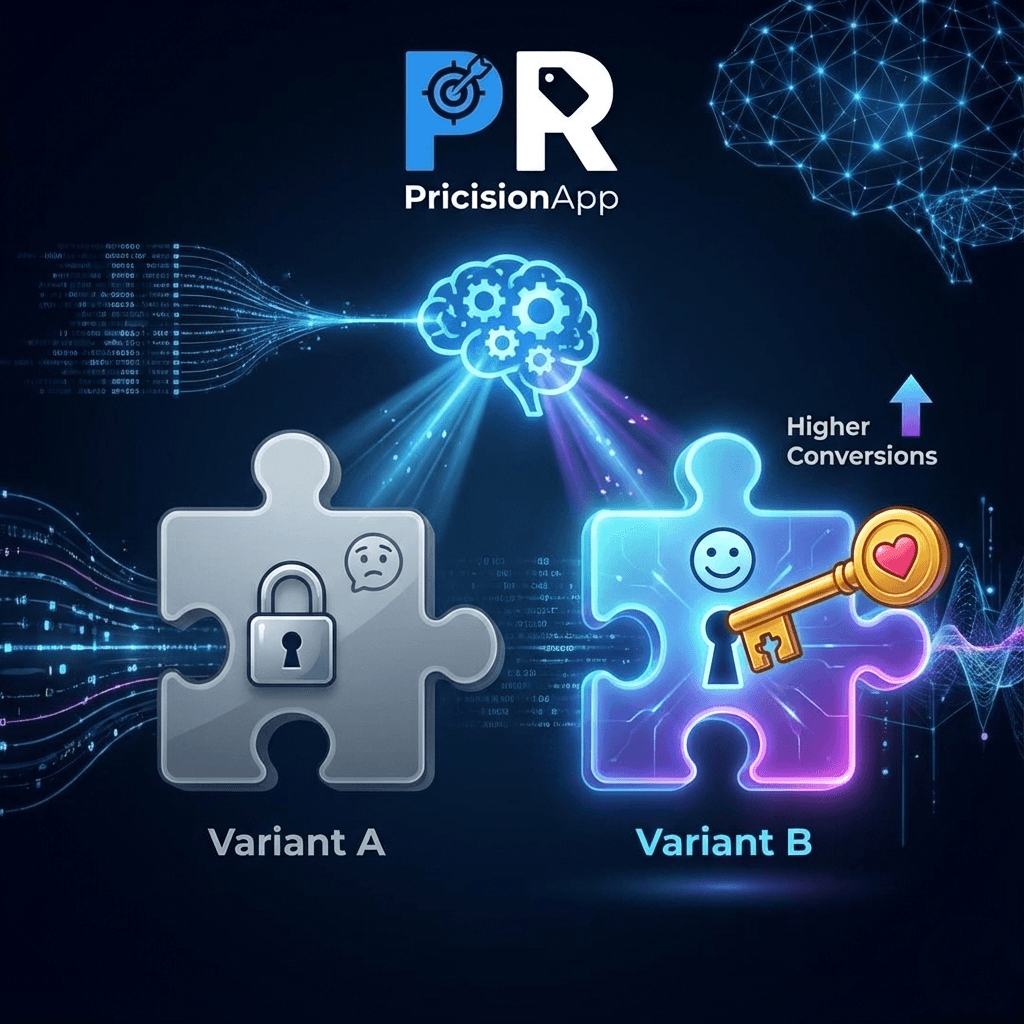Core Concept
Price Perception
Shoppers make emotional decisions—your price is a signal, not a number.
Impact
+15–30% CVR Lift
Small price cues can dramatically change purchase behavior.
Tactic
Charm Pricing
.99 and .95 endings make products feel cheaper—triggering faster decisions.
Prices ending in .99 or .95 make products feel more affordable, increase conversions, and subtly shift perception of value. The secret: human brains process prices emotionally, not logically.
🧩 The Psychology Behind Numbers
Pricing works because of how the human brain simplifies information. A product at $4.99 feels closer to $4 than $5—even though the difference is one cent. This is called the left-digit effect.
We associate round numbers with premium or serious purchases (e.g., $1000 laptop), and odd numbers with deals (e.g., $999 special). This subconscious coding shapes how shoppers interpret value.
💰 How Charm Pricing Increases Conversions
1. Emotional Framing
Charm pricing leverages the emotional part of decision-making. Seeing “.99” signals a deal, reducing hesitation and boosting perceived value.
2. Price Anchoring
When multiple prices are shown, customers compare relative value, not absolute numbers. A slightly higher anchor makes the .99 price feel irresistible.
🧠 Examples That Prove It Works
🛍️ $39.99 outperforms $40.00 by up to 8–10% in most ecommerce tests.
🍕 Restaurants using $9.95 instead of $10.00 report higher order volume.
📱 Tech brands use round pricing ($1000) to communicate luxury and trust.
⚙️ Implementing Psychological Pricing in Shopify
Run quick A/B price tests with variations like .00, .95, and .99. Track metrics such as CVR, AOV, and profit per visitor to find your psychological sweet spot.
Apps like Pricision automate price experiments so you can focus on scaling, not guessing.
Unlock the psychology behind every price tag. Test, learn, and optimize your prices to convert more without cutting deeper discounts.
Start Free Trial →



